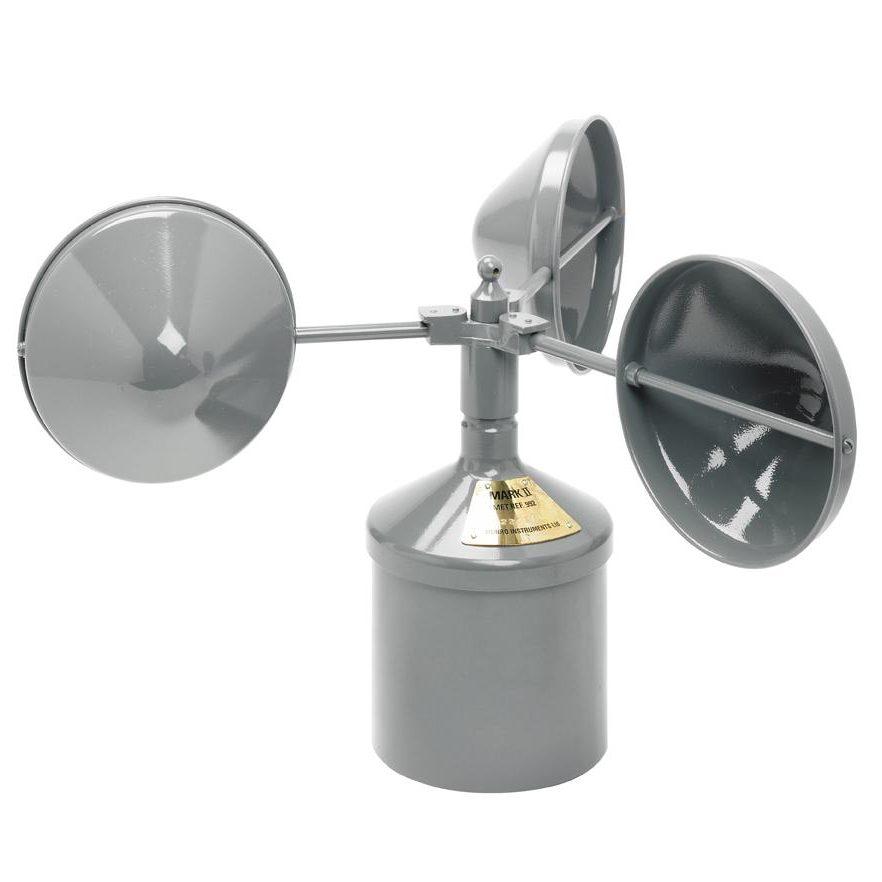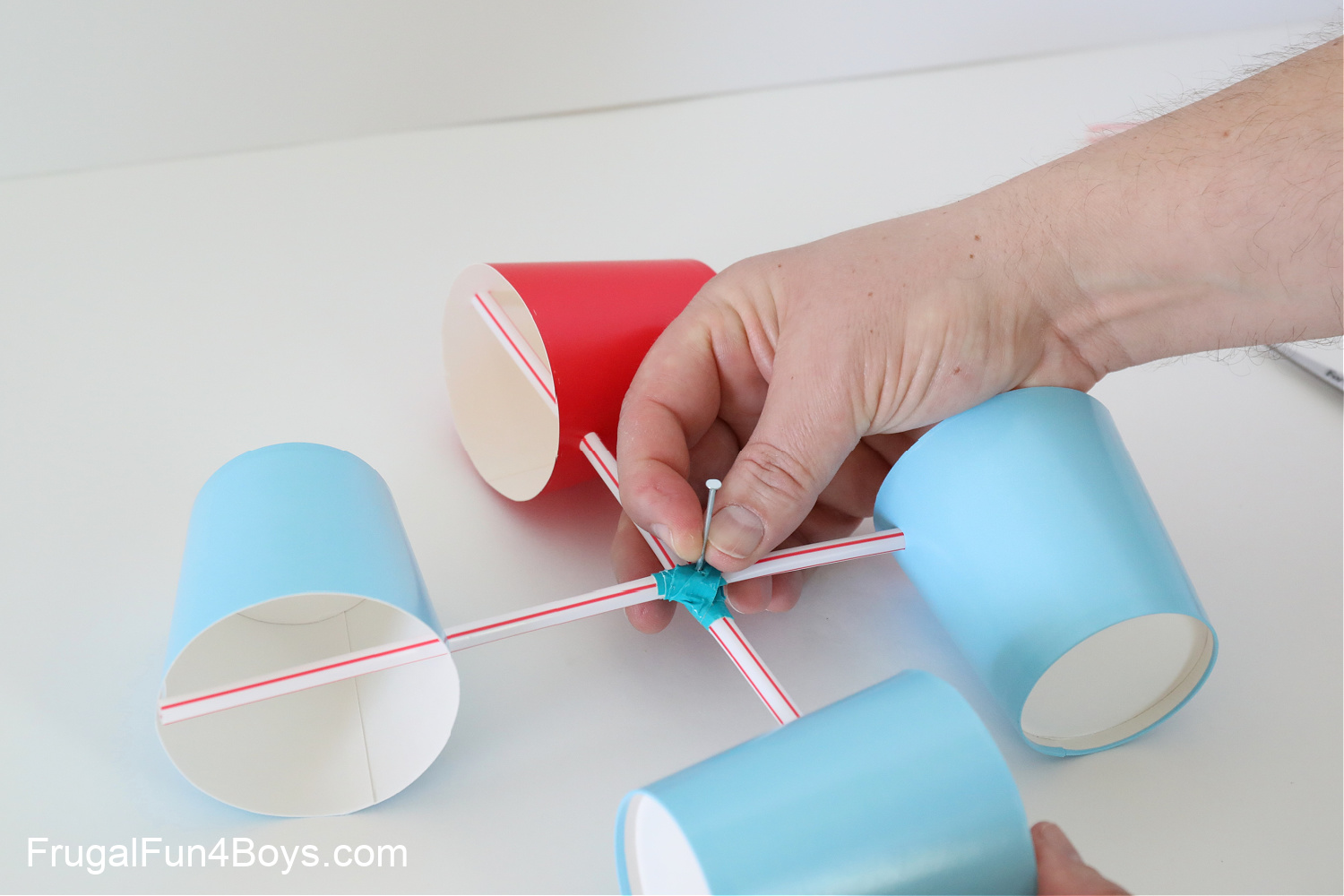How an Anemometer Can Boost Your Weather Tracking System
How an Anemometer Can Boost Your Weather Tracking System
Blog Article
All You Need to Find Out About Anemometers: Just How They Function, Why They Issue, and Where to Use Them
Anemometers, though often neglected in the world of clinical tools, play a crucial role in numerous areas, using valuable understandings into wind rate and air flow patterns. As we dig into the ins and outs of anemometer modern technology, we will certainly uncover the internal operations of these gadgets, their importance, and the vital factors to consider when selecting the ideal anemometer for specific applications.

Anemometer Fundamentals
A necessary tool utilized to measure wind rate and direction, the anemometer plays an essential function in weather forecasting and various industries. An anemometer usually consists of 3 or 4 cups that turn in the wind, a vane that points right into the wind, and sensing units to track the activities or rotations.
There are different kinds of anemometers available, including mug anemometers, vane anemometers, hot-wire anemometers, and sonic anemometers, each with its special attributes and applications. Cup anemometers are typically utilized for basic wind speed dimensions, while vane anemometers are chosen for directional measurements.
Principles of Anemometer Operation
Structure on the fundamental understanding of anemometer essentials, the concepts of anemometer operation illuminate the auto mechanics behind wind rate and instructions measurements. Cup anemometers, for instance, have three or even more cups that capture the wind, creating them to spin quicker as the wind speed increases. Hot-wire anemometers count on a heated cord that cools down as wind passes over it, with the price of cooling establishing the wind speed.
Significance of Anemometers
The significance of anemometers in meteorology and numerous sectors can not be overstated. Anemometers play a critical function in gauging wind speed and direction, providing essential information for weather projecting, environment studies, environmental tracking, and aviation operations. Meteorologists rely upon anemometers to gather exact wind data, aiding them understand weather patterns, anticipate storms, and problem prompt cautions to the general public. In sectors such as building, farming, eco-friendly energy, and maritime operations, anemometers are used to optimize processes, ensure safety and security, and raise effectiveness. Wind farm drivers use anemometers to analyze wind problems and make best use of electrical power production from wind turbines. In the maritime sector, anemometers help ship navigating by offering real-time wind info to captains, assisting them make notified decisions to make certain risk-free voyages. Generally, anemometers are essential tools that contribute substantially to safety and security, performance, and educated decision-making in meteorology and a wide variety of markets.
Applications Across Different Industries
Applications of anemometers cover throughout diverse industries, showcasing their convenience and energy beyond meteorology. In the renewable resource field, anemometers play an important duty in assessing wind problems for wind ranch positionings, guaranteeing optimal energy manufacturing. Industries like construction and mining make use of anemometers to check wind speeds, critical for security methods, particularly when operating at heights or in open-pit mines where More Bonuses solid winds can present threats. Anemometers are likewise important in the air travel market, aiding pilots in recognizing airspeed and wind direction for safe liftoffs and landings. The maritime sector gain from anemometers for ship navigating, aiding sailors prepare for climate changes and readjust paths as necessary. In farming, anemometers assist farmers in taking care of crop splashing by offering real-time data on wind speed to stay clear of drift. Anemometers discover applications in A/c systems to enhance airflow and boost energy efficiency in structures. The varied use cases of anemometers underscore their value throughout various markets, highlighting their indispensable duty in improving functional safety and security and effectiveness (anemometer).

Choosing the Right Anemometer for Your Demands
Selecting the ideal anemometer customized to your specific requirements is necessary for getting precise wind rate and instructions dimensions. When choosing an anemometer, take into consideration factors such as the you can try these out intended application, required measurement range, environmental problems, and wanted features. For basic functions, a mug anemometer appropriates for gauging wind speed, while a vane anemometer supplies wind instructions data. Hot-wire anemometers are ideal for low airspeed dimensions, and ultrasonic anemometers supply high precision and durability.

Conclusion
To conclude, anemometers play a crucial duty in determining wind speed and direction throughout numerous sectors. Comprehending the concepts of anemometer procedure is important for picking the appropriate gadget for certain demands. From meteorology to air travel, anemometers are important devices for guaranteeing and gathering accurate data safety in different applications. When selecting the most appropriate gadget for measuring wind problems., it is essential to think about the importance of anemometers in order to make informed decisions.
There are various types of anemometers available, including cup anemometers, vane anemometers, hot-wire anemometers, and sonic anemometers, each with its distinct features and applications. Mug anemometers are commonly used for fundamental wind speed dimensions, while vane anemometers are chosen for directional measurements. Hot-wire anemometers are suitable for reduced airspeeds, and check out this site sonic anemometers are optimal for high-precision dimensions in research study and industrial setups.Building on the foundational understanding of anemometer basics, the principles of anemometer procedure elucidate the technicians behind wind speed and direction dimensions. For basic purposes, a cup anemometer is ideal for determining wind speed, while a vane anemometer supplies wind direction data.
Report this page